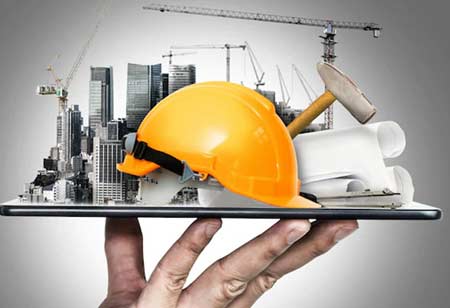Thank you for Subscribing to Construction Business Review Weekly Brief

Mastering Constructability: Key to Success in Construction Projects
Constructability is the ability to successfully plan, coordinate, and execute a construction project from inception to completion. It refers to the ease and efficiency with which a design can be constructed, considering factors such as materials, equipment, labor, and time. The process includes the evaluation and assessment of the feasibility, practicality, and efficiency of the project. It involves analyzing the project plans, design drawings, specifications as being developed, and other relevant documents to identify potential issues, conflicts, and limitations that may arise during construction. An effective constructability plan ensures that the project is completed on time, within budget, and meets the desired quality standards.
One of the primary benefits of effective constructability is the reduction of construction costs. By carefully analyzing the design and identifying any potential issues or inefficiencies, the construction team can make necessary adjustments to improve efficiency and minimize wastage of resources. Through the value engineering process, alternative design solutions and/or construction methods are proposed and considered to optimize the project cost. The process aims to find ways to simplify construction, improve efficiency and reduce risk.
Furthermore, it helps in mitigating potential construction challenges and risks. By involving the construction team during the design phase, their expertise and experience can be utilized to identify and address any potential construction issues. The team can address the complex structural elements and intricate features within this process and help that these elements are constructible within the given time and budget constraints. This proactive approach allows for early detection and resolution of problems, resulting in smoother construction processes and fewer delays.
Another crucial aspect of effective constructability is the optimization of construction schedules. By considering constructability during the design phase, the construction team can provide valuable input on the sequencing and coordination of construction activities. This helps in minimizing conflicts and clashes on-site, allowing for better utilization of resources and reducing the overall duration of the project.
By identifying critical path activities and potential bottlenecks in the design phase of the project, the construction team can develop a detailed construction schedule that optimizes the sequence of activities, ensuring efficient progress and timely completion.
Communication and collaboration are one of the critical aspects of a successful project. By involving the construction team early on, they can collaborate with the design team, engineers, and architects to develop a comprehensive construction plan. This can be achieved through regular meetings, workshops, and design coordination sessions that bring the team together. This collaborative approach fosters better understanding and cooperation amongst stakeholders, ensuring that everyone is aligned with project goals and objectives. It also allows for the integration of valuable input from different perspectives, resulting in innovative solutions and improved project outcomes.
Constructability is the ability to successfully plan, coordinate, and execute a construction project from inception to completion.
The project team should leverage technological advancements and tools to enhance the constructability process. Building Information Modeling (BIM) is a powerful tool that allows for the creation of virtual models, enabling the visualization and analysis of construction sequences and potential clashes. By utilizing BIM, the project team can identify and resolve constructability issues before the construction phase saving time and costs.
Effective constructability plays a vital role in the success of a construction project. It helps in reducing costs, mitigating risks, optimizing schedules, and enhancing collaboration among project stakeholders. By considering and implementing the process from project inception and fostering effective communication, a construction team can ensure that the design is easily constructible, resulting in a successful and efficient project.








